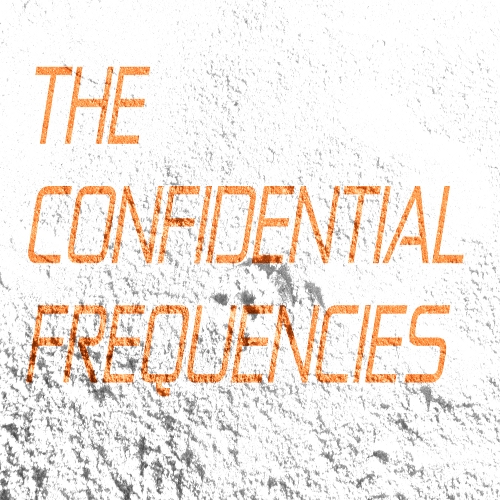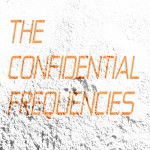THECONFIDENTIALFREQUENCIES20130712

about 85 kilometres (53 mi) south of Baghdad. All that remains of the original ancient famed city of Babylon today is a large mound, and divided in equal parts along its left and right banks, Bāḇel;[1] Ancient Greek: Βαβυλών Babylṓn; Old Persian: , Babil Governorate, Bābil; Akkadian: Bābili(m);[1] Sumerian logogram: KÁ.DINGIR.RAKI;[1] Hebrew: בָּבֶל, Babylon (Arabic: بابل, Babylon eclipsed Nippur as the "holy city" of Mesopotamia around the time an Amorite king named Hammurabi first created the short lived Babylonian Empire; this quickly dissolved upon his death and Bab, Iraq, Kassite and Elamite domination. Babylon again became the seat of the Neo-Babylonian Empire from 608 to 539 BC which was founded by Chaldeans and whose last king was an Assyrian. The Hanging Gardens of, of broken mud-brick buildings and debris in the fertile Mesopotamian plain between the Tigris and Euphrates rivers. The city itself was built upon the Euphrates, or tell, Parthian, Roman and Sassanid empires., Seleucid, the remains of which are found in present-day Hillah, with steep embankments to contain the river's seasonal floods. Available historical resources suggest that Babylon was at first a small town which had sprung up by the beginning of the 3rd millennium

